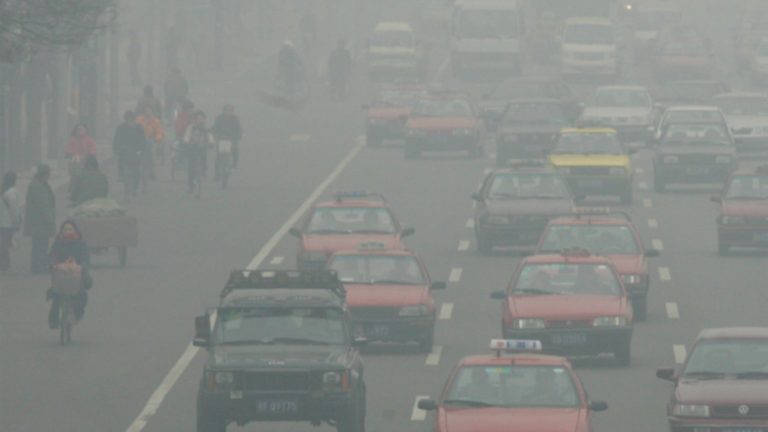Published on December 31, 2021

Wildfire smoke and urban air pollution bring out the worst in each other.
As wildfires rage, they transform their burned fuel into a complex chemical cocktail of smoke. Many of these airborne compounds, including ozone, cause air quality to plummet as wind carries the smoldering haze over cities. But exactly how — and to what extent — wildfire emissions contribute to ozone levels downwind of the fires has been a matter of debate for years, says Joel Thornton, an atmospheric scientist at the University of Washington in Seattle.
A new study has now revealed the elusive chemistry behind ozone production in wildfire plumes. The findings suggest that mixing wildfire smoke with nitrogen oxides — toxic gases found in car exhaust — could pump up ozone levels in urban areas, researchers report December 8 in Science Advances.
Air pollution from cities and other urban areas is chock full of noxious gases. So when wildfire smoke wafts over cityscapes, a boost of nitrous oxides could jump-start ozone production again, Xu says.
In a typical fire season, mixes like these could increase ozone levels by as much as 3 parts per billion in the western United States, the researchers estimate. This concentration is far below the U.S. Environmental Protection Agency’s health safety standard of 70 parts per billion, but the incremental increase could still pose a health risk to people who are regularly exposed to smoke, Xu says.
With climate change increasing the frequency and intensity of wildfires, this new ozone production mechanism has important implications for urban air quality, says Qi Zhang, an atmospheric chemist at the University of California, Davis who was not involved in the study (SN: 9/18/20). She says the work provides an “important missing link” between wildfire emissions and ozone chemistry.
The findings may also pose a challenge for environmental policy makers, says Thornton, who was not involved in the research. Though state and local authorities set strict regulations to limit atmospheric ozone, wildfire smoke may undermine those strategies, he says. This could make it more difficult for cities, especially in the western United States, to meet EPA ozone standards despite air quality regulations.
Continue reading at Science News.
Originally written by Ariana Remmel for Science News.